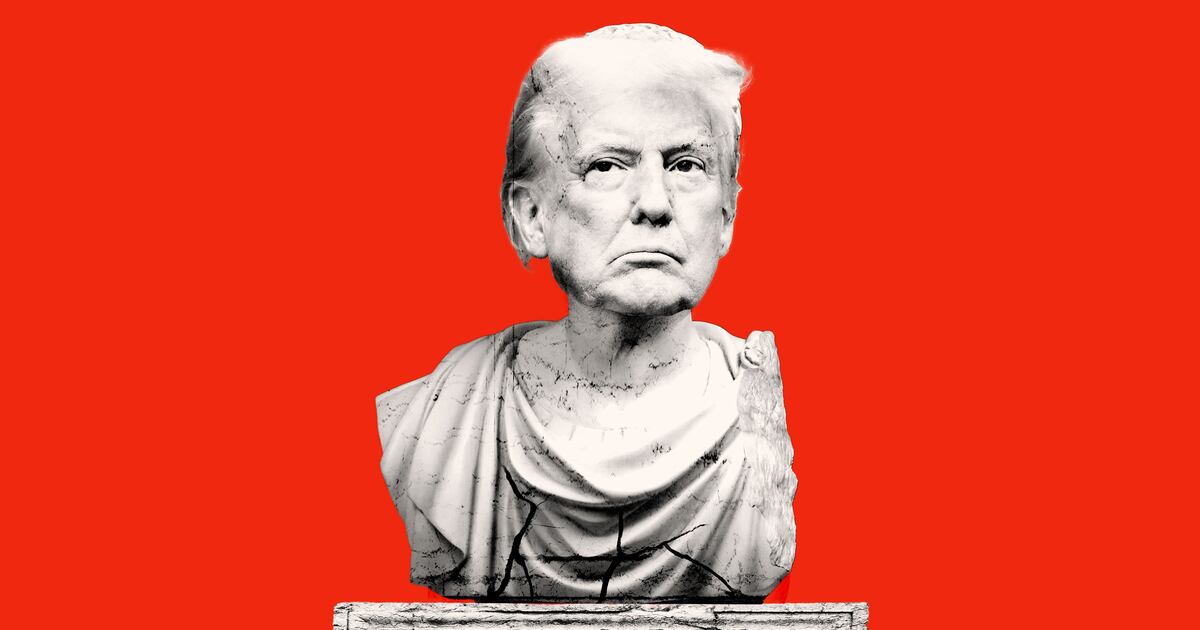The Museum of Modern Art (MoMA) in New York City and the Santa Barbara Museum of Art in California allegedly possess two artworks looted by the Nazis which descendants of their original Jewish owner now want returned.
The museums face two lawsuits filed last week by Timothy Reif, a judge on the United States Court of International Trade. Reif is an heir of Fritz Grünbaum, an Austrian Jewish cabaret singer murdered by Nazis at Dachau in 1941. Grünbaum is Reif’s paternal grandfather’s first cousin.
In the suits, Reif and another heir, David Fraenkel, are acting to reclaim a pencil on paper drawing called Portrait of the Artist’s Wife by Egon Schiele, which the suit says is located in the Santa Barbara museum, and the painting Prostitute, also by Egon Schiele, which the other suit says is located in the Museum of Modern Art.
The plaintiffs claim the artwork were stolen from Fritz Grünbaum by the Nazis via an unlawful power of attorney while he was imprisoned and tortured at Dachau.
The Daily Beast reached out to the Dachau Concentration Camp Memorial Site seeking more information on Grünbaum, but the museum wasn’t available to provide it at press time.
“On July 16, 1938, Nazis forced Grünbaum to sign a power of attorney in the Dachau Concentration Camp permitting his wife Elisabeth to liquidate his assets and hand the assets over to the Nazi regime,” the MoMA suit states. Reif’s attorneys at Dunnington Bartholow & Miller LLP were unavailable for comment.
Elizabeth was subsequently deported to the Maly Trostinec death camp in Minsk, where she was murdered in 1942, the suit continues.
“Part of what makes these cases so difficult is that the Nazis, diabolically, rarely just went in and said ‘Put your hands up and give us all the artwork,’” Nicholas O'Donnell, an attorney with Sullivan & Worcester and an expert in Nazi-looted art disputes, told The Daily Beast. “They went through this pretense of ‘buying’ the artwork, because they liked to think of themselves as collectors, and not thieves. Sometimes, people looking back at these situations reach different conclusions, and those are the cases that usually end up in court.”
While Grünbaum was being detained at Dachau, an expert at the Doretheum—a Nazi-controlled auction house in Vienna—was commissioned to inventory his collection; preserved Jewish Property Declaration documents describing Grünbaum’s collection, which contained 81 works by Schiele, were stamped with the German words “Erledigt” [done/completed] and “Gesperrt” [closed/blocked], proving that the Nazis had stolen from him, the suit says.
Prostitute was next spotted in a 1956 Gutekunst & Klipstein Sales catalogue of Egon Schiele’s art, all of which was stolen from Grünbaum, the suit says. MoMA’s credit line for the painting points to the Mr. and Mrs. Donald B. Straus Fund, but doesn’t specify when the painting was acquired.
The museum “was on inquiry notice prior to acquiring [Prostitute] that it might be stolen and failed to exercise appropriate diligence in acquiring” it, the suit states.
The other lawsuit, which names the Santa Barbara Museum of Art, states that Portrait of the Artist’s Wife was also stolen from Grünbaum while he was being imprisoned by the Nazis.
From 1956 until approximately 1966, Portrait was in the possession of Galerie St. Etienne in New York City before it was tortiously removed from the county, the suit says. SBMA’s website states that the drawing was a gift from Wright S. Ludington, an art collector and one of the founding members of the museum.
“The museum was not aware of this (until now) and we will be looking into the matter,” Katrina Carl, Director of Communications at the Santa Barbara Museum of Art, told The Daily Beast.
“Artwork does not have any official record-keeping that’s maintained by governments or others to track the ownership history of the works,” Howard Spiegler, a partner at Kaye Spiegler and an expert litigator in many cases involving Nazi-looted art, told The Daily Beast. “What you’re left with is whatever provenance you have, which can be established sometimes by looking at the back of the painting, where you can see the names of various galleries or collectors who once had the work, or if the work has been up for auction.”
In recent years, legal actions like the ones most recently initiated by Reif have found more purchase due to the introduction of the Holocaust Expropriated Recovery Act, a federal law enacted in 2016. The HEAR Act loosened statue-of-limitations requirements for the recovery of artwork that was lost or stolen because of Nazi persecution between January 1, 1933, and December 31, 1945.
“The HEAR Act eliminates the statue of limitations as a defense, but certainly in New York and probably in California, the museums would use a defense called laches,” Patty Gerstenblith, director of the Center for Art, Museum & Cultural Heritage Law at DePaul University, told The Daily Beast. “Museums would raise that as a defense, essentially saying that the plaintiff waited too long to bring a claim, and that in waiting an unreasonably long time, the museums were disadvantaged through that delay.”
Since 2015, Reif has filed similar suits against four other museums seeking to reclaim other artworks that allegedly were stolen from his ancestor. In 2019, a New York appellate court upheld a ruling that returned two other works by Schiele to Reif and David Frankel from Richard Nagy, a London-based art dealer.
The paintings, Woman in a Black Pinafore (1911) and Woman Hiding Her Face (1912), were sold at Christie’s in November of 2022 for $504,000 and $2,580,000, respectively. The proceeds, according to Princeton Alumni Weekly, are being donated by Reif and other heirs to a foundation in support of young artists established in Grünbaum’s memory. “[Grünbaum] made loans to stagehands and musicians in his orchestra,” Reif told Princton Alumni Weekly. “He was generous. That is a legacy we want to share.”
MoMA and Reif did not return The Daily Beast’s requests for comment.







